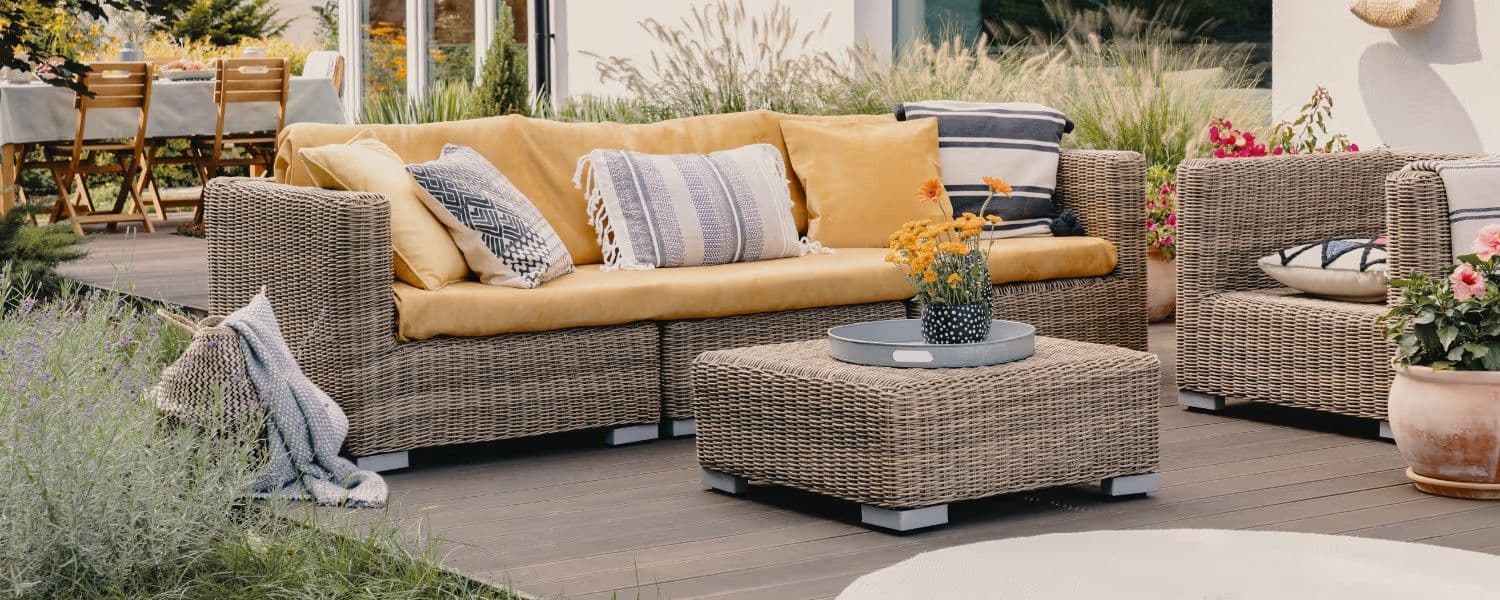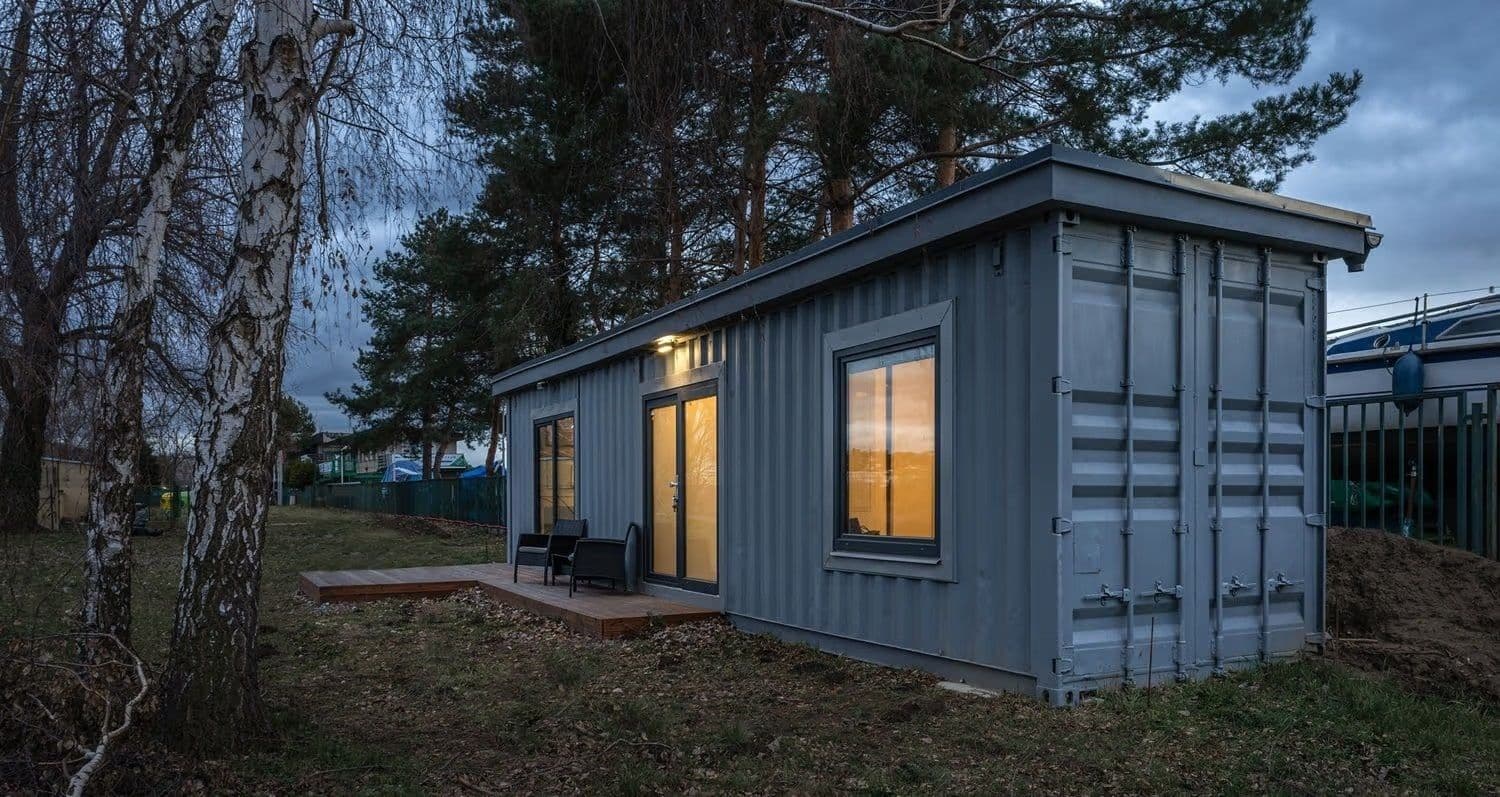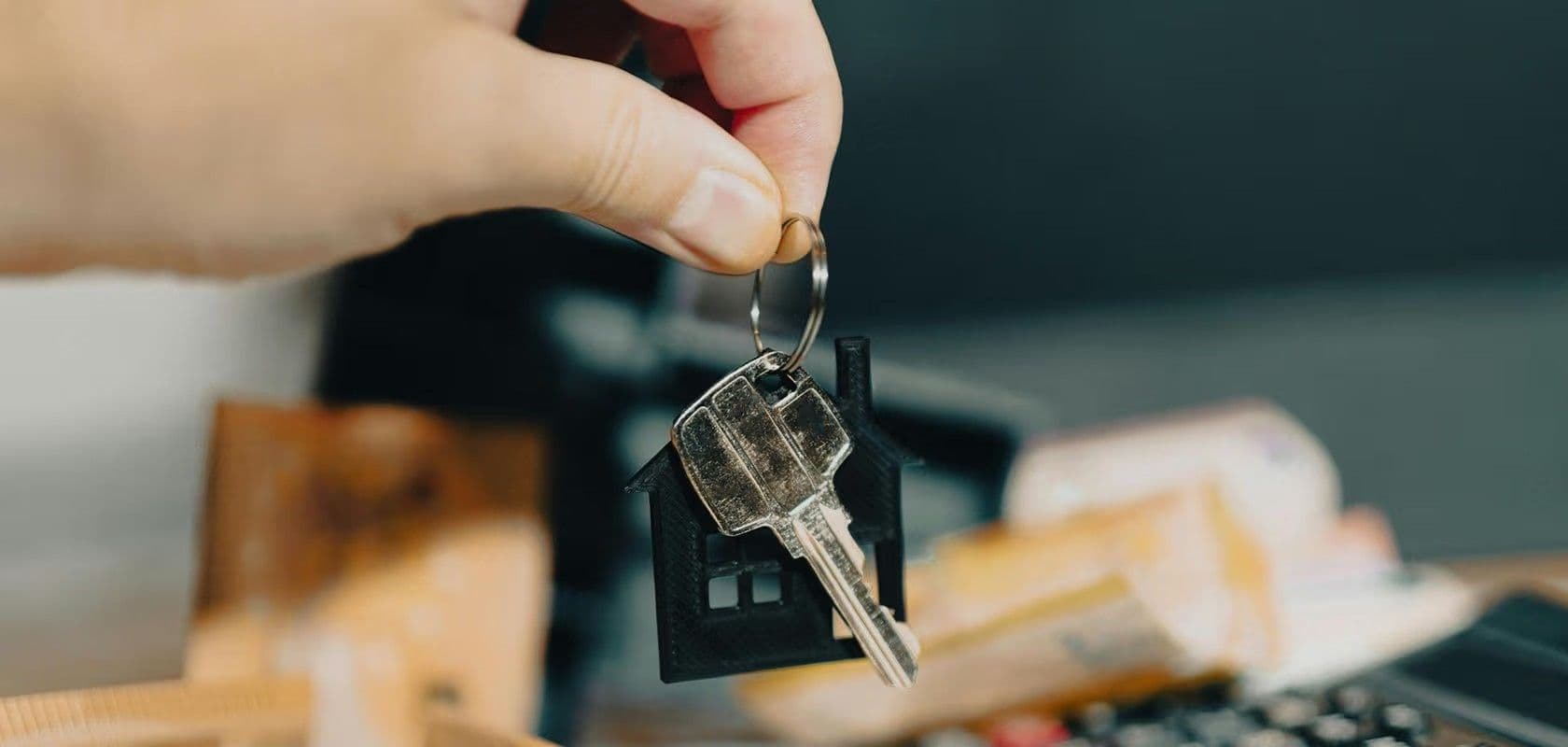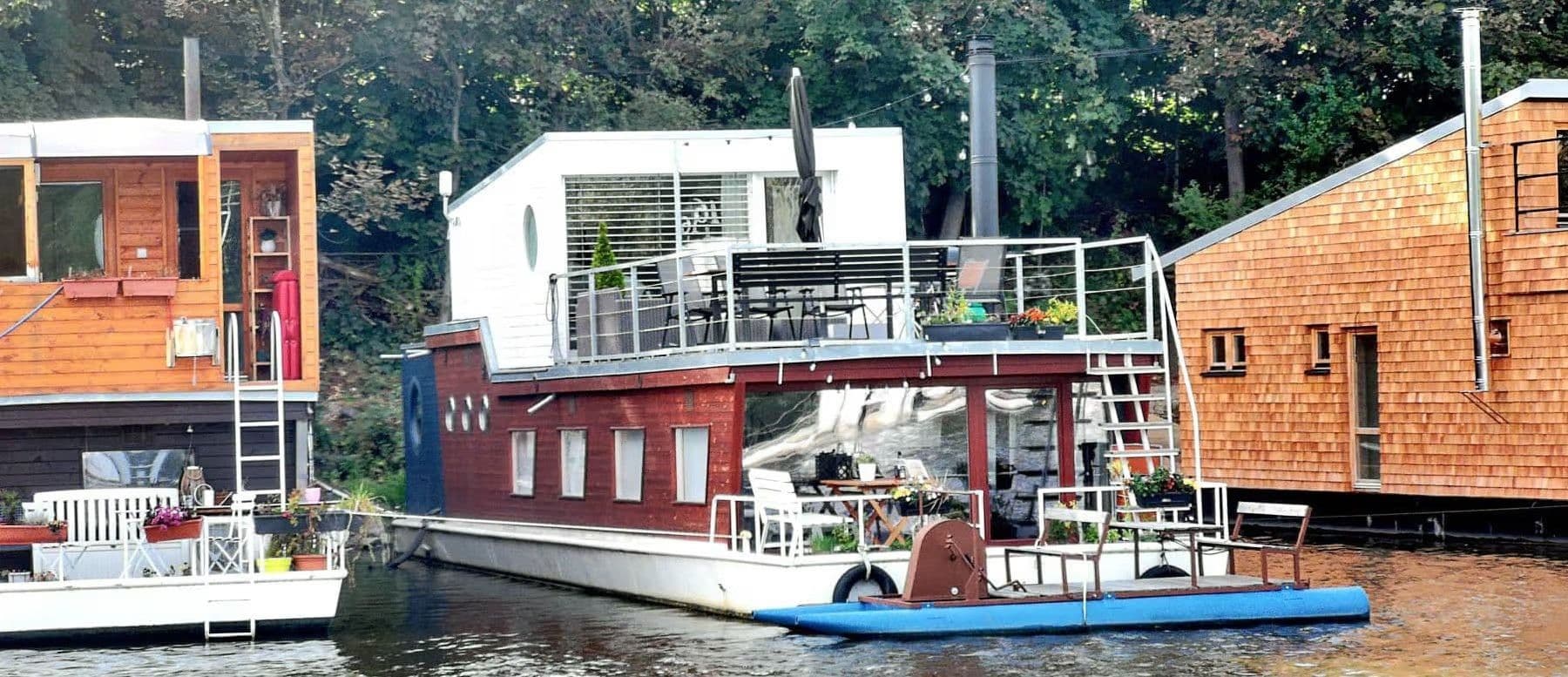How to choose the perfect garden furniture
Breakfast in the garden in the morning while nature wakes up. During the day, homeoffice in the armchair overlooking the trees. In the evening, barbecue and dinner with the family al fresco. To really enjoy these moments to the full, it takes quality and comfortable garden furniture. How to choose it with your needs and space in mind? We'll give you advice on what's important when choosing garden furniture and how to plan the right layout.
Table of Contents
Measure and plan your space before buying
Measuring helps you avoid the disappointment of having to return furniture because it takes up too much space. Take the dimensions of the furniture and the number of pieces you intend to buy and sketch a simple layout. This will give you a clearer idea of what size and how many pieces will fit in your space.
Once you know the dimensions, think about the arrangement. Furniture should be placed so there’s enough room to move around comfortably. If you have a larger garden or terrace, it’s practical to divide it into zones—like seating, dining, grilling, or relaxing areas.
How to choose garden furniture based on your needs
How do you plan to use your garden furniture?
Consider how often you’ll use the furniture and for what purposes. If you frequently host family gatherings, garden parties, or barbecues, you’ll need sturdy and comfortable furniture for more people.
On the other hand, if your garden is your sanctuary for relaxing, a cozy lounge chair or hammock might be more suitable. If you enjoy outdoor dining, a garden dining set is ideal. Prefer lounging and chatting? A garden lounge set is the better choice.

Choose seating capacity based on space and household size
How large should your garden table be? And how many chairs? It depends on how much space you have and how often you host guests. If space is limited, choose just enough seating for household members. For visitors, consider stackable or folding chairs that don’t take up much room. You can also add side tables or foldable ones to increase flexibility without sacrificing space.
How to choose garden furniture based on material
The right material can be the difference between furniture that lasts for years and something you’ll need to replace after a couple of seasons. Here’s a breakdown of popular garden furniture materials:
Teak
Teak wood is highly sought-after for its exceptional durability and beautiful appearance. Its natural oils make it resistant to moisture, rot, and pests, making it perfect for outdoor use. Although it's more expensive, the investment pays off for those looking for a long-term solution.

Pine
Pinewood is popular for its affordability and accessibility. Its light color and textured grain offer a natural, rustic charm. Being a softwood, it’s more prone to damage but is easy to work with. With proper care, pine garden furniture can also last for many years.
Acacia
Acacia wood is a great alternative to pricier hardwoods like teak. It’s strong, weather-resistant, and naturally resistant to rot and pests. Its deep brown color and distinct grain give it a stylish look. Like all wood types, it requires regular oiling to maintain its appearance and durability.
Aluminum
Aluminum is lightweight and perfect for outdoor use—it won’t rust and stands up well to weather. It’s often powder-coated for extra durability and a sleek finish. Plus, it’s almost maintenance-free—just rinse it with water occasionally.

Steel
Steel furniture is heavy-duty and long-lasting, making it great for the outdoors. Its weight can be a drawback if you move furniture often, but its strength and resilience make up for it. For added comfort, use cushions or padding.
Plastic
Plastic garden furniture is budget-friendly, lightweight, and low-maintenance. Modern plastic options can be very stylish and come in a variety of colors and designs. They're weather- and UV-resistant, but cheaper options can feel flimsy or unstable. Just clean them occasionally with soapy water.
Rattan
Rattan furniture brings an exotic, elegant touch to your garden. Natural rattan is stylish and cozy but requires protection from moisture and rot. Synthetic rattan (poly rattan), however, is much more durable and easy to maintain, making it a great option for the outdoors.

How to choose garden furniture based on style
Match the furniture style with your garden’s design
- Harmonize the space: Your garden furniture should complement your garden’s overall style. A modern garden calls for minimalist furniture; a rustic garden looks better with natural wood elements.
- Contrast or blend? Decide whether you want your furniture to stand out or blend in. Contrasting pieces can create visual interest, while a unified style brings harmony.
Color combinations and patterns
- Neutral tones: White, grey, and beige are versatile and easy to match.
- Bold colors: Bright blues, greens, or reds can add energy and make your garden pop.
- Patterned textiles: Use patterned cushions and upholstery to add personality and charm—even to basic furniture.
Other outdoor pieces for a cozy garden
Garden seating isn’t just about a table and chairs. To create a truly inviting space, consider adding more outdoor furniture. Hang a hammock under an apple tree, add loungers or comfy chairs—or the ever-popular egg chair. Don’t forget an outdoor rug, especially on terraces—it adds both comfort and style.

Frequently Asked Questions
What is the most durable garden furniture material?
Metal and teak wood are the most durable. Metal furniture (especially when treated against rust) and teak’s natural weather resistance make them both excellent choices.
Is plastic garden furniture a good option?
Plastic furniture is affordable and lightweight, but can be less durable in sun and frost. High-quality plastic with UV protection, however, is a great seasonal option.
Can I leave garden furniture outside all year?
It depends on the material. Metal and plastic often withstand year-round exposure, while wood and rattan should be protected from winter weather and heavy rain.
Should I buy garden furniture in-store or online?
In-store shopping lets you test comfort and see the quality firsthand. Online shopping offers a broader selection and often better prices. The best approach is to combine both—test in person, then shop smart online.






